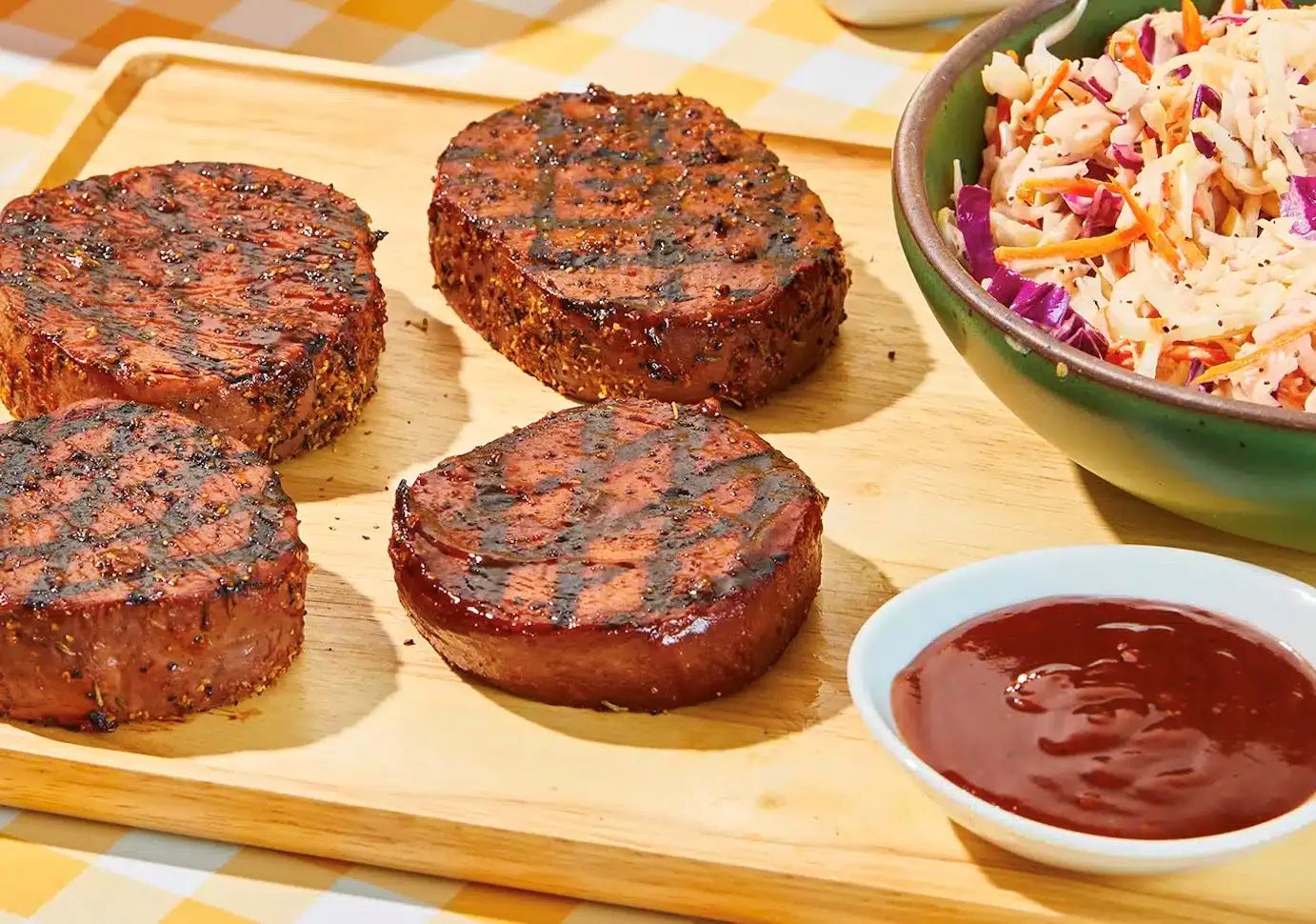
Mutualism is a fascinating biological phenomenon that showcases the power of cooperation in the natural world. This symbiotic relationship between two different species benefits both parties involved, allowing them to thrive in their respective environments. From the depths of the ocean to the tropical rainforests, mutualistic interactions can be found in every corner of the globe, playing a crucial role in the balance of ecosystems.
In this article, we will delve into the astonishing facts about mutualism that will leave you in awe of nature’s ingenious strategies for survival. From the intricate partnerships between plants and insects to the mutually beneficial relationships among animals, we will explore the diverse and extraordinary ways in which organisms rely on each other for their own success and well-being.
So, get ready to be amazed as we unravel the secrets of mutualism and discover the incredible adaptations and collaborations that occur in the natural world.
Key Takeaways:
- Mutualism is like a teamwork where different species help each other out. From bees and flowers to ants and fungus, these partnerships keep nature in balance and help everyone thrive.
- Mutualism is not just a natural thing – even humans benefit from it! The bacteria in our gut and the plants in our garden all work together with us for a healthier world.
Fascinating Mutualism is a symbiotic relationship.
Mutualism is a form of symbiotic relationship where two different species mutually benefit from each other’s presence. This cooperative interaction between species is based on reciprocity and is found across various ecosystems.
Mutualistic relationships can be found in various ecological niches.
From the depths of the ocean to the canopy of the rainforest, mutualistic interactions can be observed in a wide range of ecological niches. These relationships play a crucial role in maintaining ecosystem balance and stability.
Pollination is a classic example of mutualism.
One of the most well-known examples of mutualism is the relationship between flowers and pollinators. Bees, birds, and other pollinators benefit from the nectar while inadvertently helping flowers reproduce by carrying pollen from one plant to another.
Cleaner fish provide a cleaning service to their clients.
In aquatic environments, cleaner fish like cleaner wrasses and cleaner shrimp have a mutually beneficial relationship with larger fish species. The cleaner fish remove parasites and dead skin from their clients, while the clients receive a cleaning service that helps maintain their health.
Leafcutter ants have a mutualistic relationship with fungus.
Leafcutter ants have a fascinating mutualistic partnership with a specific type of fungus. The ants cut leaves, which they use as food for the fungus. In turn, the fungus grows and serves as a nutritious source of food for the ants.
Humans also benefit from mutualistic relationships.
Not only do mutualistic relationships occur in nature, but humans also benefit from them. For example, the bacteria in our gut help us digest food and provide essential nutrients in exchange for a suitable environment and nutrients to thrive.
Mycorrhizal fungi enhance plant nutrient uptake.
Mycorrhizal fungi form mutualistic associations with plant roots. They help plants absorb nutrients from the soil, while the fungi receive sugars and other organic compounds produced by the plants through photosynthesis.
Oxpecker birds have a mutualistic relationship with large mammals.
Oxpecker birds in Africa have a symbiotic relationship with large mammals, such as zebras and buffalos. The birds perch on the mammals’ backs, feeding on ticks and other parasites, while the mammals benefit from the parasite removal.
Coral reefs depend on mutualistic relationships.
Coral reefs are home to numerous mutualistic interactions. For instance, the relationship between coral polyps and photosynthetic algae, known as zooxanthellae, provides food and gives corals their vibrant colors.
Ants and aphids have a mutually beneficial partnership.
Ants and aphids exhibit a mutualistic relationship where the ants protect the aphids from predators and in return, the aphids secrete a sugary substance called honeydew, which the ants feed on.
Mutualistic relationships can enhance species’ survival and evolutionary success.
Mutualism contributes to the survival and evolutionary success of species involved. The mutual benefits obtained from these relationships can increase a species’ chances of adapting to changing environments and avoiding extinction.
Cleaner birds assist large mammals in grooming.
In certain parts of Africa, cleaner birds called oxpeckers assist large mammals like rhinos and giraffes in grooming. They remove parasites and ticks from the mammals’ bodies, offering a valuable cleaning service.
Plants can attract beneficial insects for pest control.
Some plants release chemical signals to attract beneficial insects like ladybugs that feed on pests. In this mutualistic relationship, the plants gain protection from harmful insects, while the insects get a source of food.
Mutualistic relationships are essential for ecosystem stability.
Mutualism plays a critical role in maintaining the balance and stability of ecosystems. These interactions enhance biodiversity, ecosystem productivity, and overall ecological resilience.
Conclusion
Mutualism is a fascinating phenomenon that forms the basis for many symbiotic relationships in the natural world. It is a mutually beneficial interaction between two different species, where both parties rely on each other for survival and reproduction. Through mutualism, organisms have evolved to cooperatively work together, resulting in remarkable adaptations and interactions.
From the iconic clownfish and sea anemone partnership to the intricate relationship between plants and their pollinators, mutualism plays a crucial role in maintaining the balance of ecosystems. It showcases the incredible interconnectedness and interdependence of life on Earth.
As we continue to explore and understand these astonishing facts about mutualism, it becomes clear that the intricate web of interrelations among species is essential for the health and sustainability of our planet.
FAQs
1. What is mutualism?
Mutualism is a type of symbiotic relationship in which two different species benefit from interacting with each other. It is a mutually advantageous association where both parties rely on each other for survival and reproduction.
2. What are some examples of mutualism?
Some examples of mutualism include the relationship between bees and flowers, where bees collect nectar and pollen while simultaneously pollinating the flowers. Another example is the partnership between cleaner fish and larger fish, where the cleaner fish remove parasites from their host’s skin while getting a source of food.
3. How does mutualism benefit the organisms involved?
Mutualism benefits the organisms involved by providing them with resources, such as food, shelter, protection, or reproductive opportunities. The interaction enhances their chances of survival and increases their reproductive success.
4. Can mutualism be found in other ecosystems aside from terrestrial ones?
Yes, mutualism can be found in various ecosystems, including marine and freshwater environments. Examples of mutualistic relationships in aquatic ecosystems include the relationship between clownfish and sea anemones, where the clownfish receive protection from predators, and the sea anemone obtains food particles carried by the fish’s movements.
5. How does mutualism contribute to the balance of ecosystems?
Mutualism contributes to the balance of ecosystems by promoting species diversity and ecological stability. The mutually beneficial interactions among species help to maintain the populations of different organisms, ensure the availability of essential resources, and contribute to the overall health and functioning of the ecosystem.
Mutualism is just one type of symbiotic relationship found in nature. Symbiosis encompasses a wide range of interspecific interactions, from mutually beneficial partnerships to more surprising and enigmatic relationships. Cultural festivals and events in Concord, California, also showcase the importance of cooperation and interaction within human communities.
Was this page helpful?
Our commitment to delivering trustworthy and engaging content is at the heart of what we do. Each fact on our site is contributed by real users like you, bringing a wealth of diverse insights and information. To ensure the highest standards of accuracy and reliability, our dedicated editors meticulously review each submission. This process guarantees that the facts we share are not only fascinating but also credible. Trust in our commitment to quality and authenticity as you explore and learn with us.


